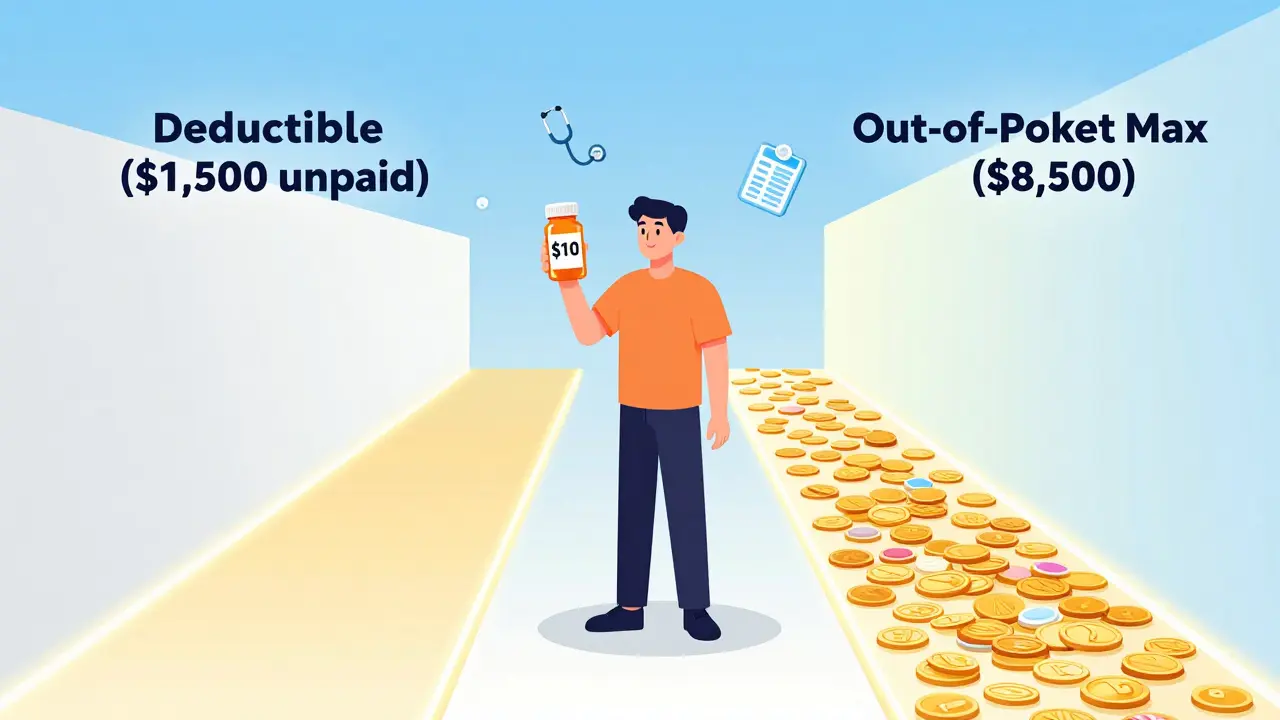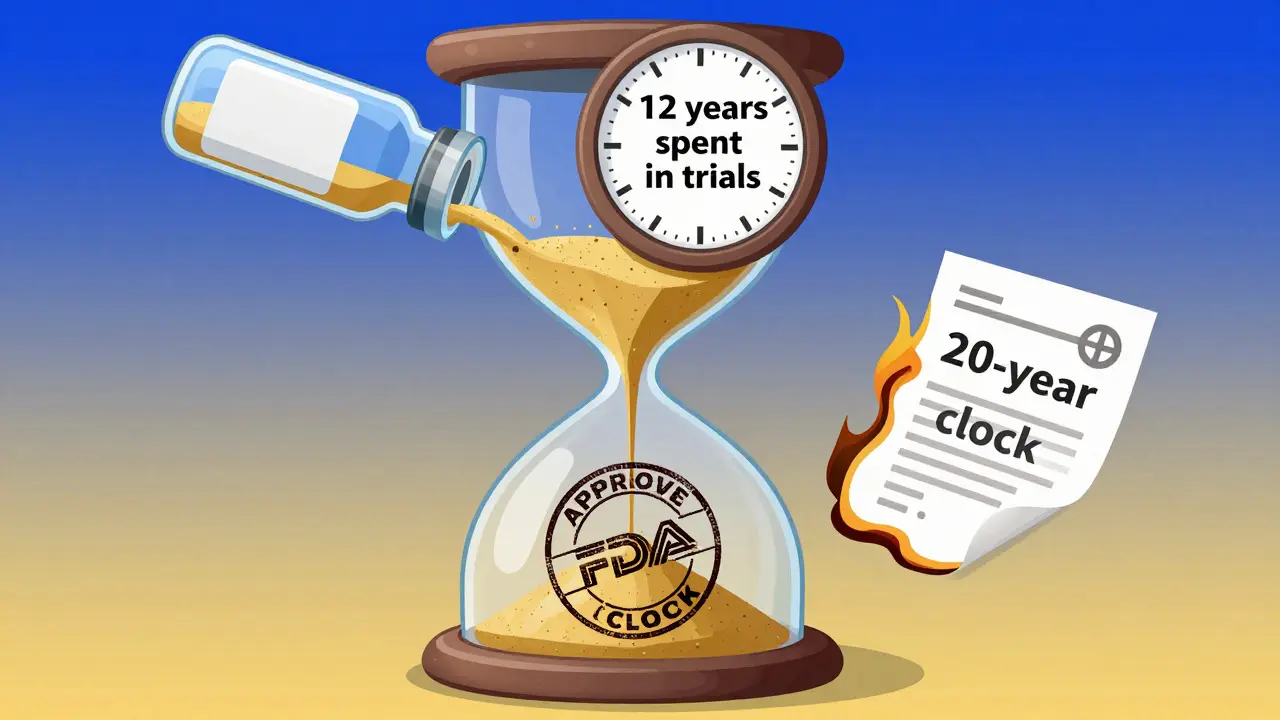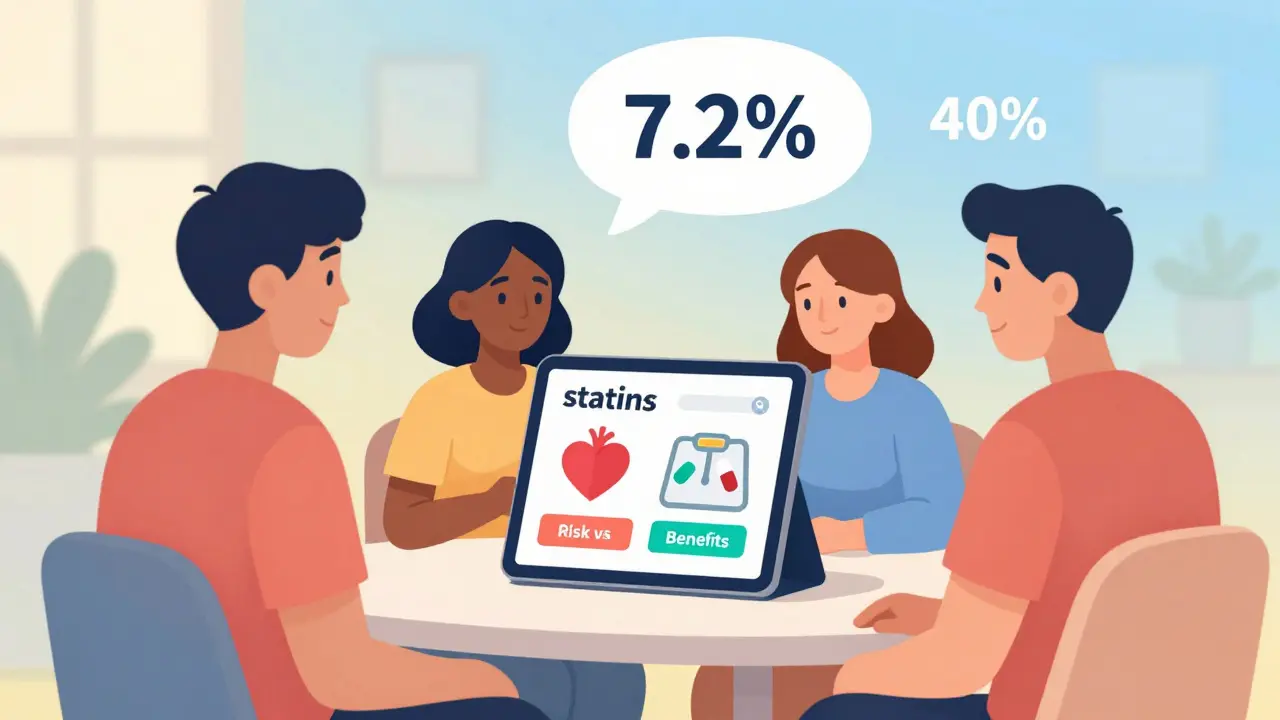Cell lymphoma treatment: clear options and what to expect
Facing a cell lymphoma diagnosis throws a lot at you fast. You want straight answers: what treatments exist, how they work, and what life will look like while on them. This guide breaks down common approaches in plain language so you can talk to your team with more confidence.
Common treatment options
Chemo (chemotherapy) is often the first tool. It uses drugs to kill rapidly dividing cancer cells. Schedules vary—some patients get cycles every few weeks, others have single-day infusions. Chemo can shrink tumors and control symptoms, but it also hits healthy cells, which causes side effects like fatigue, nausea, and low blood counts.
Targeted therapy aims for specific features of lymphoma cells. These drugs block signals the cancer needs to grow. They tend to have fewer off-target effects than classic chemo, but they still cause issues like rashes, diarrhea, or liver changes. If your lymphoma has a targetable marker, your doctor may recommend one of these options.
Immunotherapy boosts your immune system to fight the cancer. That can be monoclonal antibodies that latch onto lymphoma cells or newer approaches like CAR-T cell therapy, where a patient’s own T cells are engineered to attack the tumor. Immunotherapy can produce strong, lasting responses, but it can also trigger immune reactions that need quick management.
Radiation therapy is used when lymphoma is localized or to relieve symptoms in a specific area. It’s precise and effective for controlling growth in a single spot, often with fewer systemic side effects than chemo.
What to expect and practical tips
Treatment choice depends on the lymphoma type, stage, your age, and other health conditions. Your doctor will likely combine therapies—chemo plus targeted drugs or immunotherapy—because combos often work better than one drug alone.
Side effects are real, but many are manageable. Ask your care team about anti-nausea meds, growth factors for low blood counts, and skin or liver checks for targeted agents. Keep a simple symptom log—when you feel a new issue, note the time and severity. That helps your team act early.
Think ahead about logistics: who will drive you after infusions, where you’ll rest, and how you’ll handle work. Small plans reduce stress. Nutrition matters too—eat protein-rich foods if appetite allows, and stay hydrated. Talk to a dietitian if needed.
Ask your doctor these questions: What is the goal—cure, control, or symptom relief? What are the likely side effects and how are they treated? Are there clinical trials for new options? How will treatment affect daily life and work?
Finally, get support. A friend, a support group, or a counselor helps with tough days. Lymphoma treatment has moved fast in recent years—new targeted drugs and immune therapies offer real hope. Be proactive, ask questions, and work with your team to choose the plan that fits your life and priorities.






